Ginetta, the Leeds-based sports and racing car manufacturer, is launching a shock new 200mph, Ferrari-priced supercar in the most spectacular way it can think of – by unveiling a fully finished, ready-to-drive version next week at Geneva’s Palexpo, scene of the world’s most popular motor show.
Car makers routinely leak news and images before they have much to show, to build anticipation. But Ginetta has ignored the window dressing and built its new supercar to completion in total secrecy, depending on impressive technical capability developed over a decade, and sustained by the sense of destiny of its owner Lawrence Tomlinson, former Le Mans winner and incorrigible lover of fast cars.
The new Ginetta supercar, whose name and 'under £400k' price will be revealed in Geneva, is a low, aggressively styled but essentially practical front mid-engined coupé. It has a bespoke, all-carbonfibre tub chassis built alongside the company’s race cars and clad with carbonfibre body panels. It is shaped for an aerodynamic performance normally not possible in road cars, and powered by an extremely light and compact Ginetta designed 90-degree V8 engine of just over 6.0-litres capacity, producing around 600bhp and 520lb ft of torque. The gearbox is a unique Ginetta-developed creation, a six-speed sequential paddle-shift in unit with the diff connected to the engine (and multi-plate clutch) by a short carbonfibre tailshaft.
The engine, dry sumped and fuelled by Ginetta’s own throttle bodies, has its block milled entirely from billet aluminium for extreme lightness and strength. Very compact, the unit is normally aspirated for instant throttle response. Ginetta’s code-name for it is BB6 (the ‘6’ standing for 600bhp) and Tomlinson admits he’s already considered a BB10. With engine in place the car weighs just 1150kg, undercutting mid-engined rivals by at least 150 kilograms and the heaviest by 350.

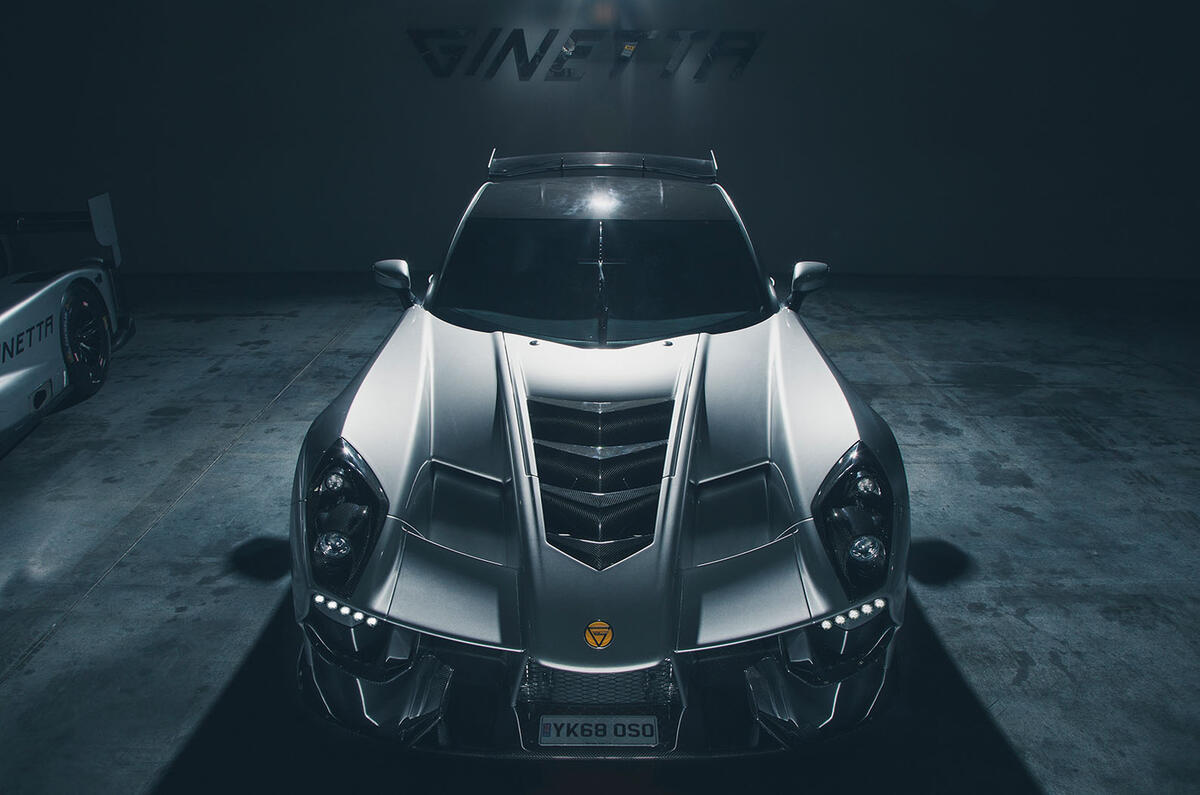

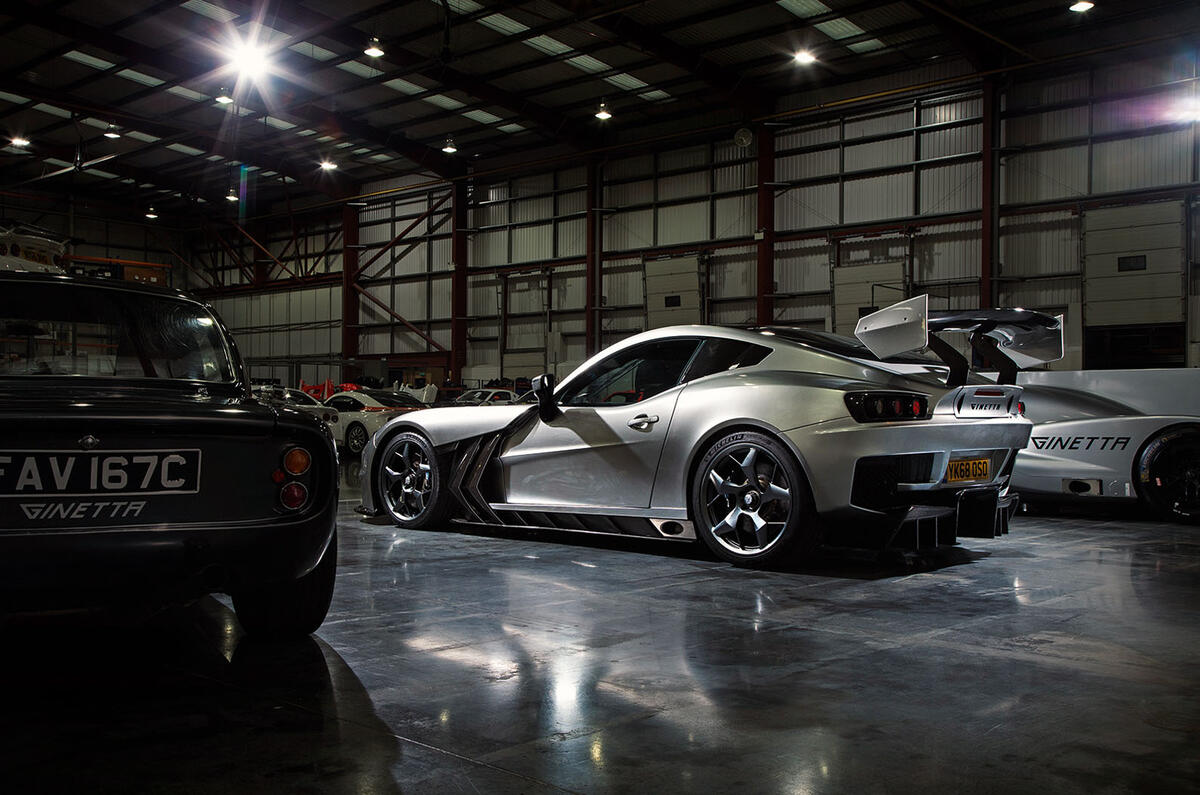
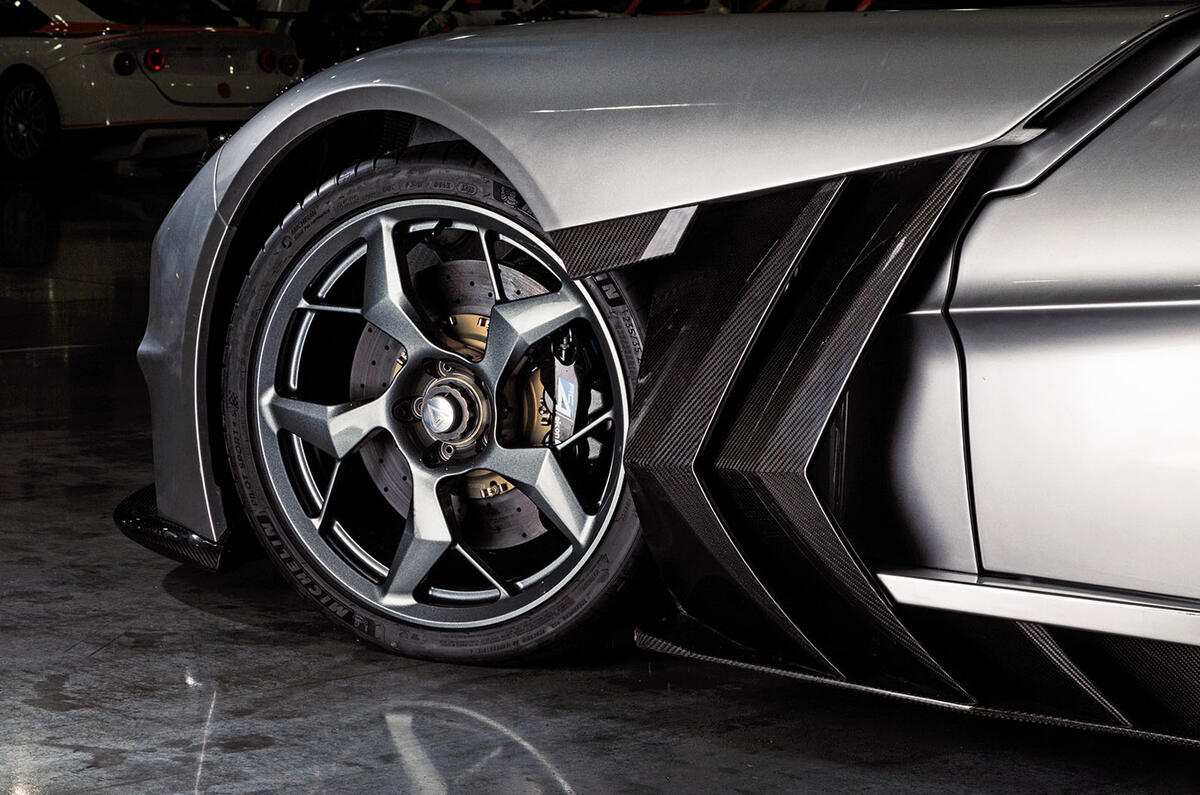
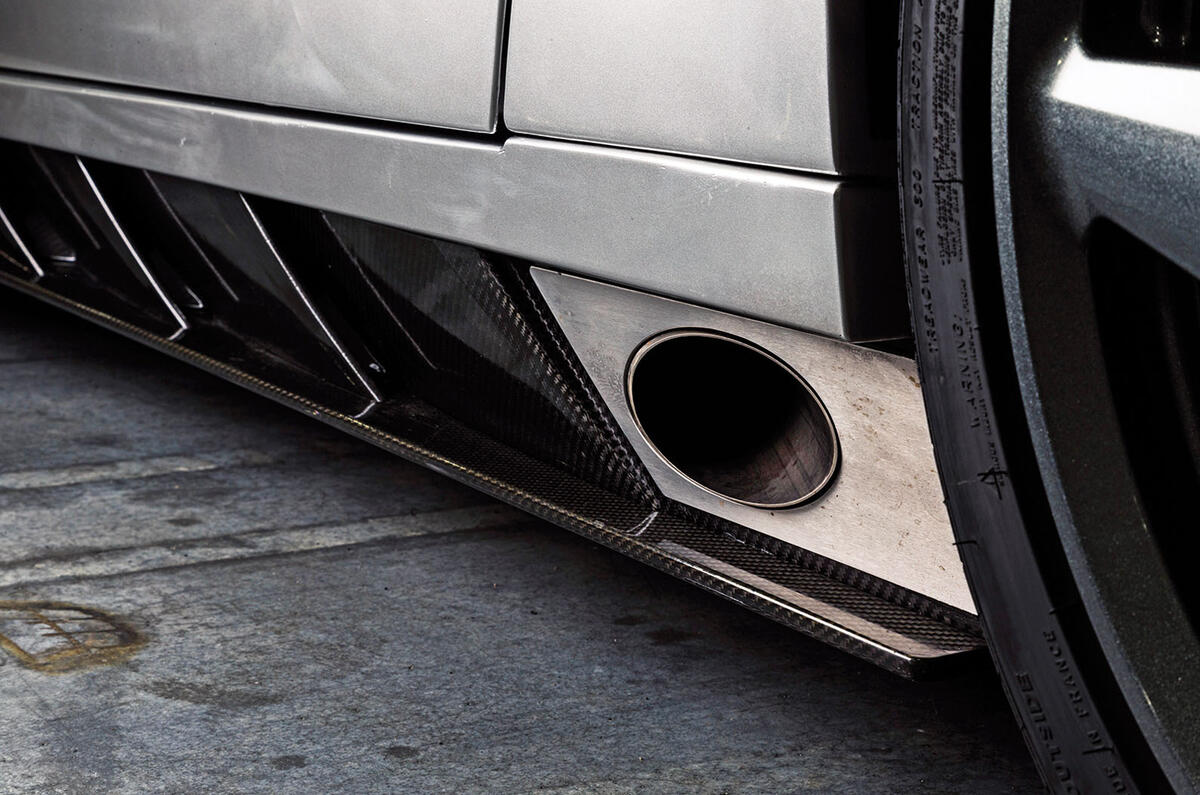
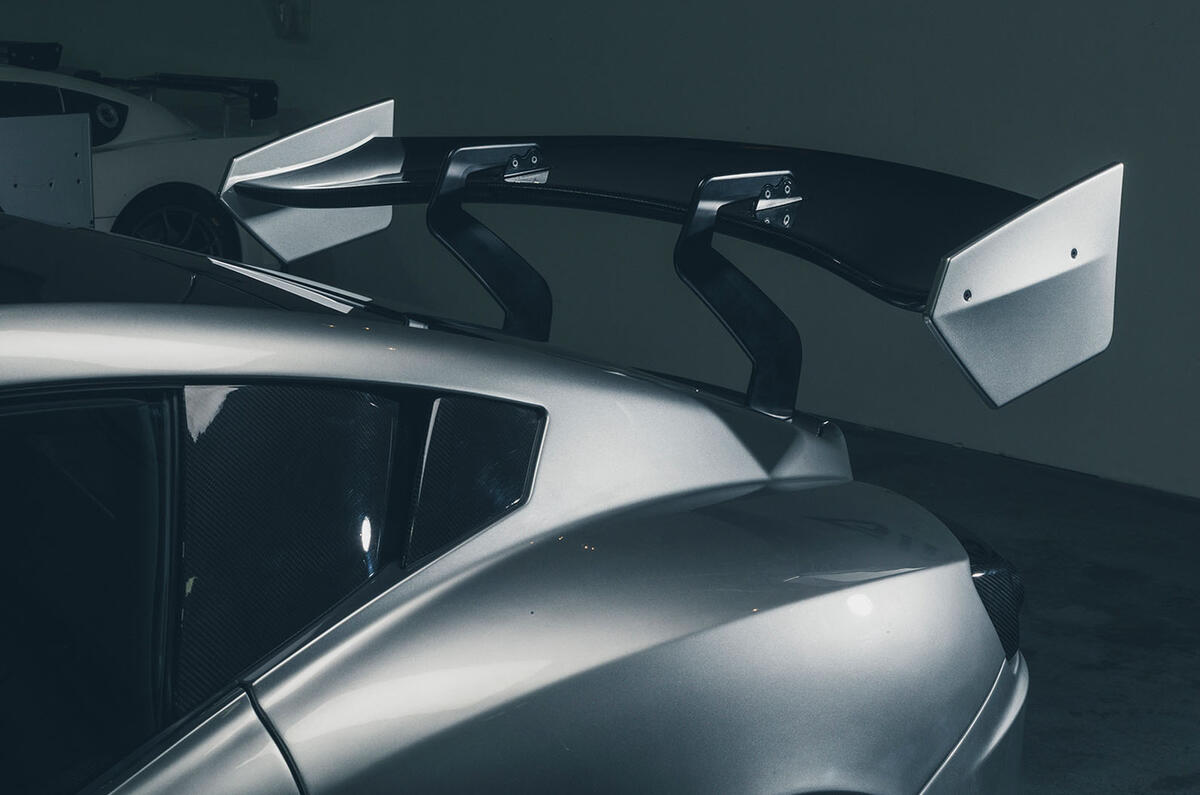
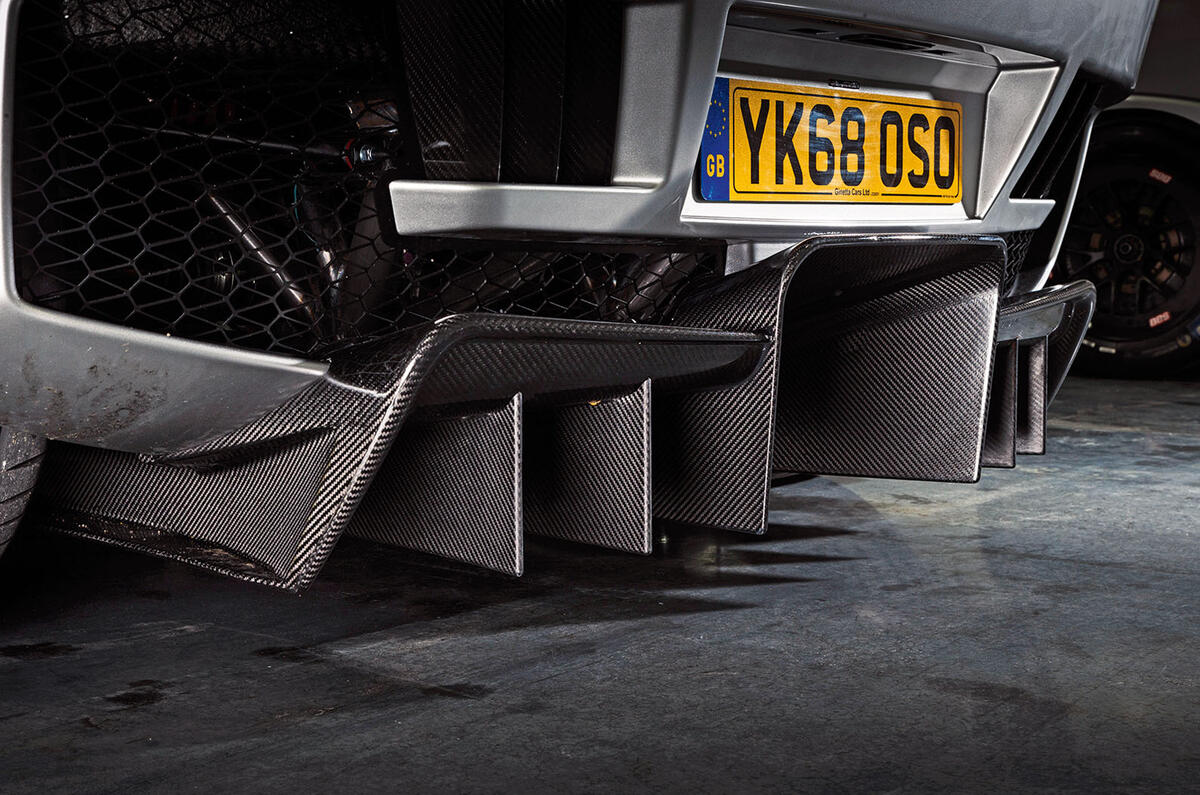
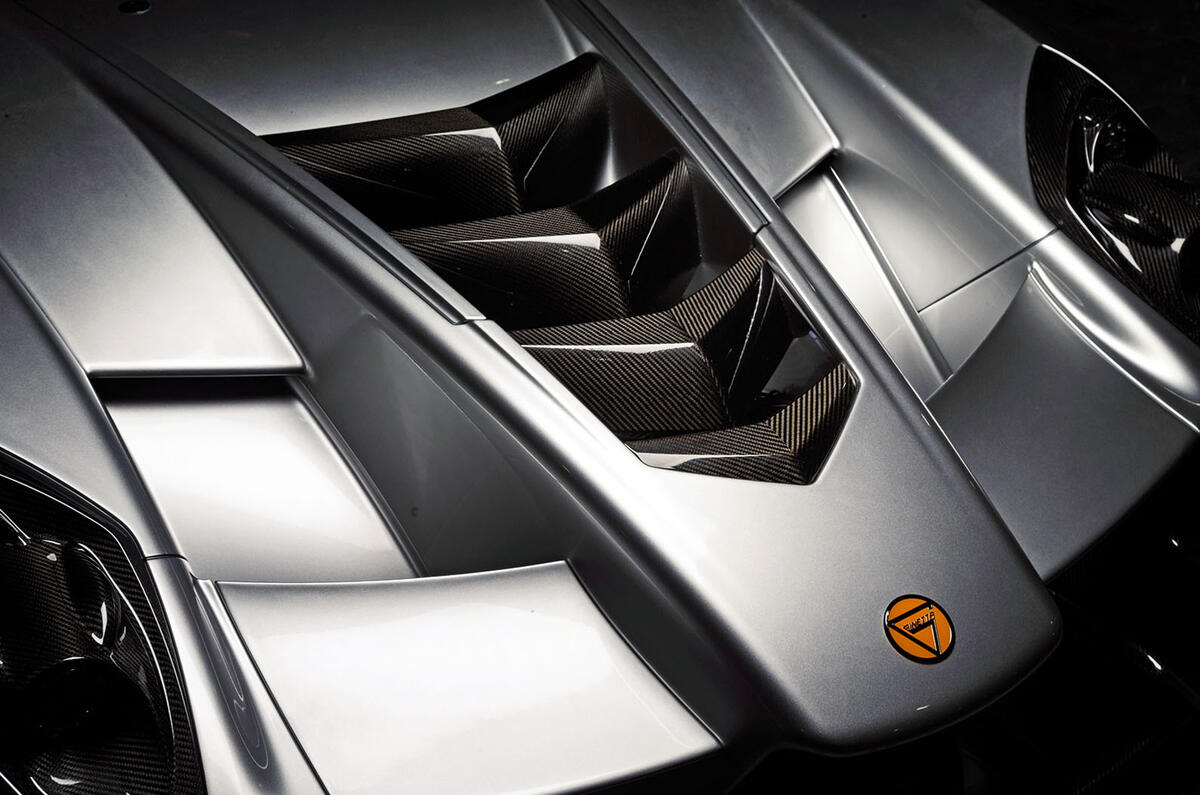



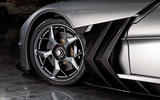
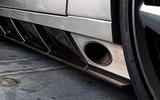
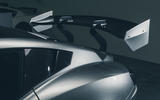
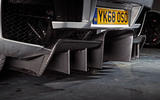
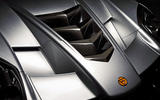
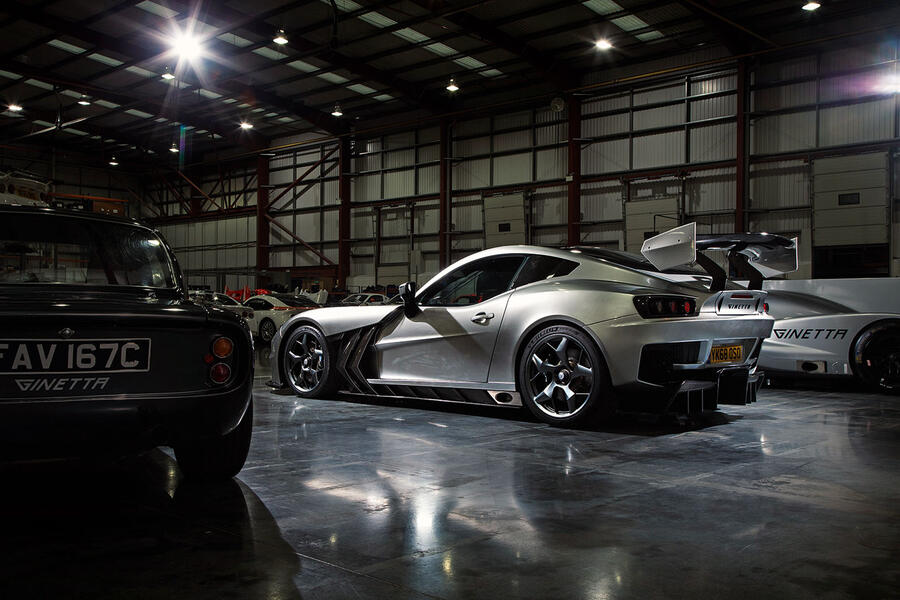

Join the debate
Soufriere
Intriguing looks
Design looks like someone rear ended a Panoz, and then bolted some Vette ZR1 parts to the car afterwards.
More Fast and Furious than race pedigree, which is a shame as Ginettas in the past had some nice proportions.
jason_recliner
The Front is Alright
But what happened at the back? As mentioned above, it looks like it's been shunted up the duff.
Is this the previously teased "Aston Martin competitor"?
Cheltenhamshire
Did a Corvette ZR1 crash into
Leslie Brook
.
I wish them well and their target sales figures should be achievable, but that rear wing... OTT and juvenile on a road car. All that time in the Williams wind tunnel should have been aimed at developing a more discrete aerodynamic solution.
LucyP
Actually, the Williams Wind Tunnel
Should be used to design a decent GP car, for their current rather embarrassing F1 outfit!
si73
The shape, in profile, looks
The shape, in profile, looks great, a nice swoop into muscular rear haunches, not sure of some of the aero detailing front and rear and not keen on the huge rear spoiler, clearer pics will help as these are quite dark. Good luck to them, I hope it's a success.
Peter Cavellini
Justice......
Photos don’t do it any favours, come to that most Cars look odd, there proportions are hard to judge, and yes, from the photos it does look a bit Corvette, the Glass n Carbon Roof make it look top heavy, but it’s so light and with lots of power and torque that it will embarrass at lot of the glitterati in Supercar Land, I wish them well.....
Peter Cavellini.
Merlin dog
TVR history lesson
The previous itineration of TVR foundered on the back of trying to build its own engines. Having failed to buy the company, you might have thought this would be lesson learnt. Can't fault the ambition though.
bomb
The aero is extreme but I
The aero is extreme but I imagine this is what the enthusiasts he approached wanted. If they can sell people what they want as well as getting cars out there then I'm all for it. The numbers are tiny, even when compared to someone like TVR, so churning out hundreds of engines is not the goal.
abkq
If you want the tech look,
If you want the tech look, not just the application of technology but its expression, then none did it better than the original McLaren F1
This Ginetta unfortunately looks a mess, especially with large panel gaps giving the impression of imprecision, just what an expensive technological product doesn't want.
Pages
Add your comment